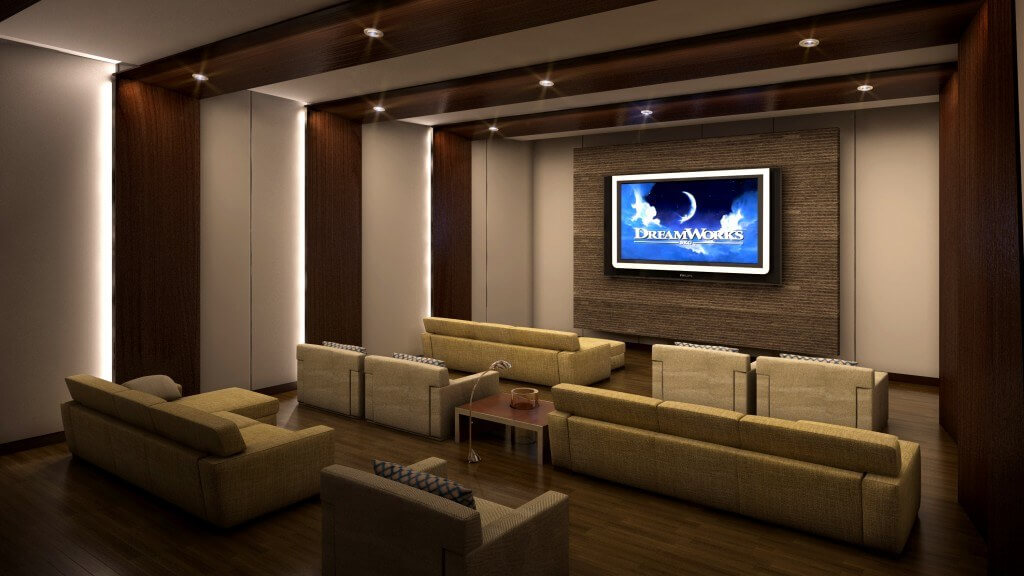
Timed filmmaking competitions are multiplying rapidly. Much like “extreme” obstacle course races (e.g., Tough Mudder, Spartan Race, Warrior Dash, etc.) there seems to be a new one every week. From a business perspective, this model certainly makes sense for the organizers: tons of teams pay entry fees for the privilege of having their work judged and maybe winning some cheap prizes. The overhead is low and the interest level is high, so there is money to be made. I certainly don’t deny that these contests are extremely challenging and that they can be a lot of fun. It takes skill and guts to turn out content under a tight deadline, then present it in front of an audience with your name on it. My argument is simply that a number of qualities that “film race” style competitions encourage and reward are the exact opposite of the ones needed to be successful in the video production business.
First, film races trivialize pre-production; something that, in the real world, is of absolutely crucial value. In a film race, too much planning can eat into the time you have to actually execute the plan. In business, insufficient or ineffective pre-pro can tank your whole project. Neglect this step and you’ve created an uphill battle that can cost you money and billable hours, and set you up for spectacular failure on the client’s dime. When approaching a project, it is the job of the producer to make sure realistic deadlines and milestones are set so that they can be met. At ECG our motto has always been to figure out what we think we can realistically produce, promise 80% and then deliver 120%. It’s a system that has served us well over the years, and it starts with what happens before anyone picks up a camera. Pre-production is crucial, effective scheduling is an art (just ask Assistant Director extraordinaire Trey Gregory) and proper planning lays the groundwork for the success of every subsequent phase of a project.
I’m a firm believer in the phrase “anything worth doing is worth doing right”. In a timed contest environment, sacrifices are constantly being made in the name of speed. As a business owner I fight a constant battle to educate clients on the importance of allocating the proper amount of time (and money) to each phase of the production process. When determining how long it will take to light a particular shot, or to complete a complex dolly move, the criteria should never be “as fast as humanly possible”. These things take time and there is a reason for that: they are difficult and take precision. For example, nowhere does the concept of “measure twice, cut once” apply more than in the choreographing of a complex Steadicam move. For all the proof you need, take a look below at an incredible shot from a recent episode of HBO’s True Detective. My point is, as professionals we’re constantly trying to explain why certain processes need to have the appropriate amount of time allocated to execute them properly. Running out and doing everything as fast as you can flies directly in the face of this fundamental production truth. Can you do it fast? Yes. Should you do it fast? Never faster than it takes to do it right.
Perhaps the most diametrically opposed quality among those that are rewarded in film racing is the lack of peer review and revision. Spend time gathering feedback and revising and you’ll miss the deadline and lose the contest. While there are certainly scenarios in this business where you have to turn out content quickly and there isn’t time to revise (like a live-to-tape event), they are the exception rather than the rule (and a time when my point above about pre-production becomes even MORE crucial). In the real world, there’s someone signing the check to pay for your work, and they are the final arbiter of when the project is complete. In a film race, you get it done (hopefully) and that’s that. Maybe you’ve had time to briefly internally review it, but aside from the that, the work becomes static the the moment it is turned in. So much of the art of successful content creation is collaboration, and not just internal collaboration. You’ve got to be able to accept and synthesize client feedback without losing the original vision of the project and without taking it personally. Review and revision lead to better, more refined content that grows and improves with each iteration. I would never send something I’ve edited out to a client without having an internal peer review session with my partners. Furthermore, after that process I would never send the refined piece on to the client and expect them to approve it immediately. Feedback on something you’ve put hard work into can be hard to take and frustrating to accept, but its how the game is played. After years of practice we’ve learned how to work as a team with our clients to get a final product that both parties can be proud of. You have to leave your ego out of the equation and have an open mind, but you also have to know when its worth pushing back and which ideas are worth fighting for. The content itself is king and you’ve got to make sure every decision makes it better while also satisfying the person paying the bill. There is not a magic formula here, it literally just takes years and years of going through the process and learning what works and what doesn’t.

Let me be clear: I don’t hate film race contests. As a fun diversion, they are harmless. However, there is a clear line between the hobbyist and the professional. If your goal is to eventually make a living in this business, there is no substitute for working on real projects with real professionals under real world circumstances. Take the time to do it right and make sure anyone hiring you understands why it takes time and costs money to do what you do.
The main purpose of this post is to spark discussion. The above is obviously just my opinion, albeit one I feel strongly about. I’d love to hear what YOU think, so please don’t be shy in the comments section.
As always, thanks for reading!


One Response
useful information